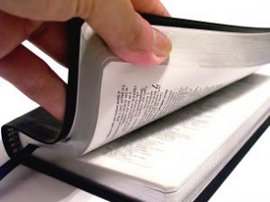Facts and Truth

In their attempt to know and understand the universe, humans must pay attention to a bewildering variety of considerations. First, they must notice objects and events. Then they must grasp the connections between the objects and events. Furthermore, they must perceive how objects and events are connected, not merely to material reality, but also to moral reality. Finally, they must take account of the presence and character of personal reality.
The genius of modernism—especially in its more empirical permutations—was the insistence that reality could be known by assembling facts. It was supposed that an observer could accumulate fact after fact, eventually noticing patterns that allowed informed guesses as to the connections between facts. Given enough time, enough observers, and enough good guesses, moderns thought that they could unlock the secrets of the universe.
G. K. Chesterton spoke for the opposition. In his short story, “The Tremendous Adventures of Major Brown,” pre-modernity and modernity are typified by two brothers, Basil and Rupert Grant. Rupert fancies himself a detective and, at one point in the story, is convinced that his facts have yielded the truth. Basil, however, is convinced of the opposite. The exchange between them follows.
 Republished with permission from
Republished with permission from 

Discussion